The US government has just announced new regulations on electric vehicles that are eligible for federal tax incentives.
The regulations are the result of the Inflation Reduction Act (IRA), which President Joe Biden signed into law in August 2022 to combat climate change by encouraging the use of green, zero-emission vehicles. Under the IRA, electric vehicles can qualify for a tax credit of up to $7,500.
Last year, a number of conditions were added to the law and it went into effect. Specifically, only SUVs priced under $80,000 and cars under $55,000 and built in North America were eligible. Additionally, the buyer’s income was capped at $150,000.
However, new regulations (effective April 18) place more requirements on key components and minerals in electric vehicle batteries.
Specifically, to qualify for the 50% incentive, at least 50% of the components in an electric vehicle battery must be produced in North America, or 40% of the critical minerals used to produce the battery must originate from the United States or countries with a trade agreement with the United States.
The mineral quota will increase annually until it reaches 80% in 2027, and the composition quota will increase to 100% in 2029.
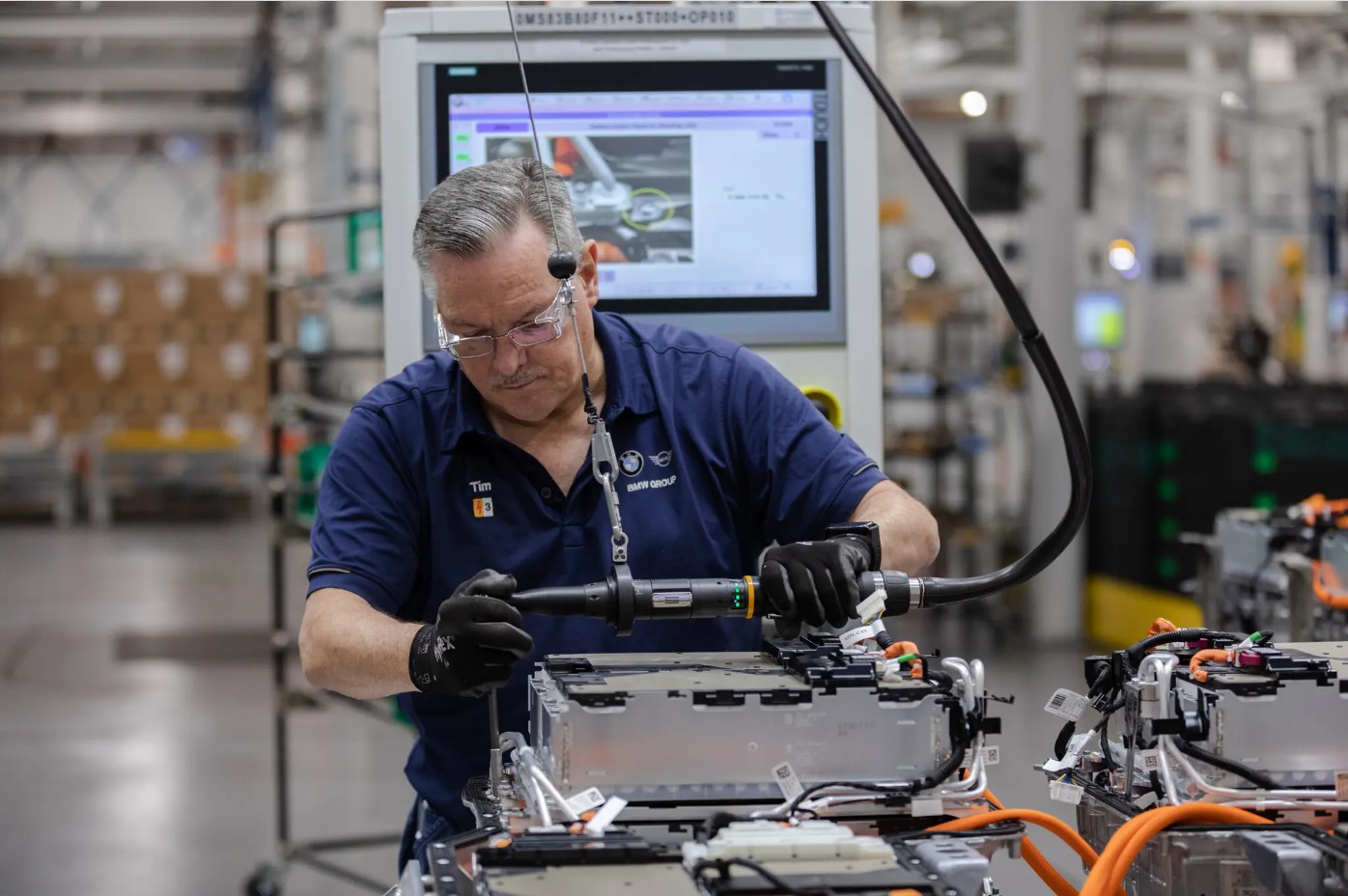
For an electric car to qualify for tax incentives, at least 50% of its battery components must be made in North America. Photo: NY Times
70% risk of being eliminated
The new rules are part of President Joe Biden's effort to achieve his goal of 50% of new US vehicle sales being electric or hybrid by 2030, and to eliminate US dependence on China's electric vehicle battery supply chain.
However, those previous requirements are not nearly as difficult to meet as the battery supply requirements, because China still dominates the electric vehicle battery supply chain, and the minerals and other components needed for electric vehicle batteries are not yet produced in large quantities in the United States.
As a result, many vehicles that currently qualify for the full $7,500 will not be able to meet the new sourcing criteria, resulting in the incentive being cut in half or eliminated entirely once the list of beneficiaries is released on April 18.
There will be very few electric vehicles on the market that qualify for the full $7,500 credit after April 17, according to John Bozzella, director of the Alliance for Automotive Innovation. He said the requirement that electric vehicles be assembled in North America alone would eliminate 70 percent of models.
It's still a few weeks before the list of eligible cars is released, but Tesla has already begun notifying buyers that the changes will affect its lineup.
Tesla said the cheapest version of its Model 3, one of its most popular electric cars, will no longer qualify for the full rebate because it has batteries made in China.
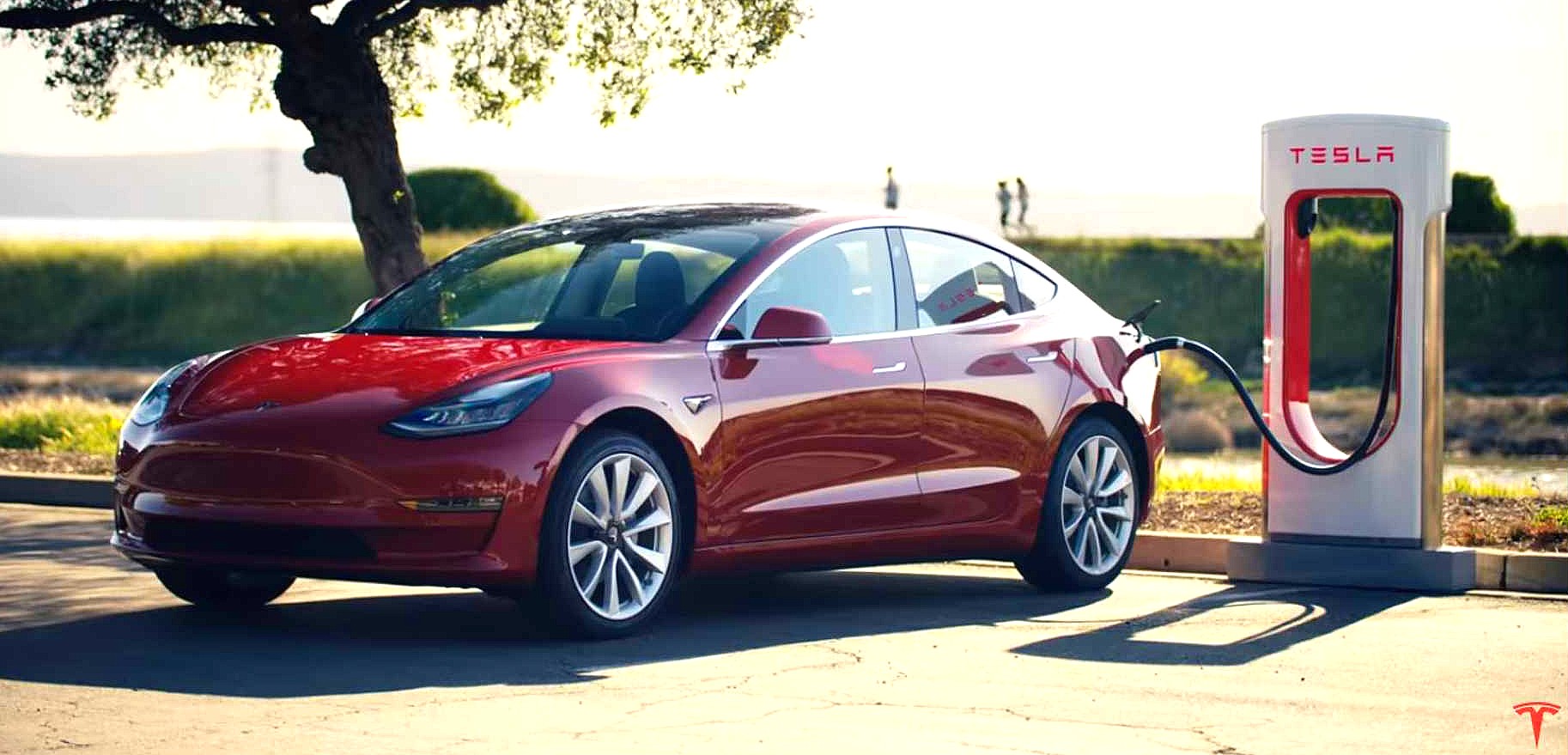
The Tesla Model 3 will not receive the full $7,500 in tax incentives because it uses batteries made in China. Photo: teslarati.com
However, some Tesla models are likely to qualify for incentives because the company builds cars in California and Texas, and produces batteries in Nevada (USA).
General Motors said three electric vehicles it plans to sell this year, including the Cadillac Lyriq and electric versions of the Chevrolet Equinox and Blazer, will be eligible for the full incentives.
German giant Volkswagen has announced plans to expand in North America to ensure its vehicles are eligible for incentives, while Ford Motor said it will soon announce whether its vehicles are eligible.
Pressure from allies
Leaders of the European Union (EU), Japan and other US allies fear that US incentives will attract investment away from their countries or force them to provide more generous subsidies to compete with the US.
Since the EU and Japan do not have free trade agreements with the US, products from these regions and countries are not eligible for any tax incentives.
Under pressure from foreign governments, the Biden administration has proposed an alternative. In a press release, the Treasury Department said the law does not define the term “free trade agreement,” so the term “may include newly negotiated critical minerals agreements.”
The US administration also recently signed a trade deal with Japan on critical minerals and is negotiating a similar deal with the EU, hoping to reach an agreement by the time the new rules officially take effect.
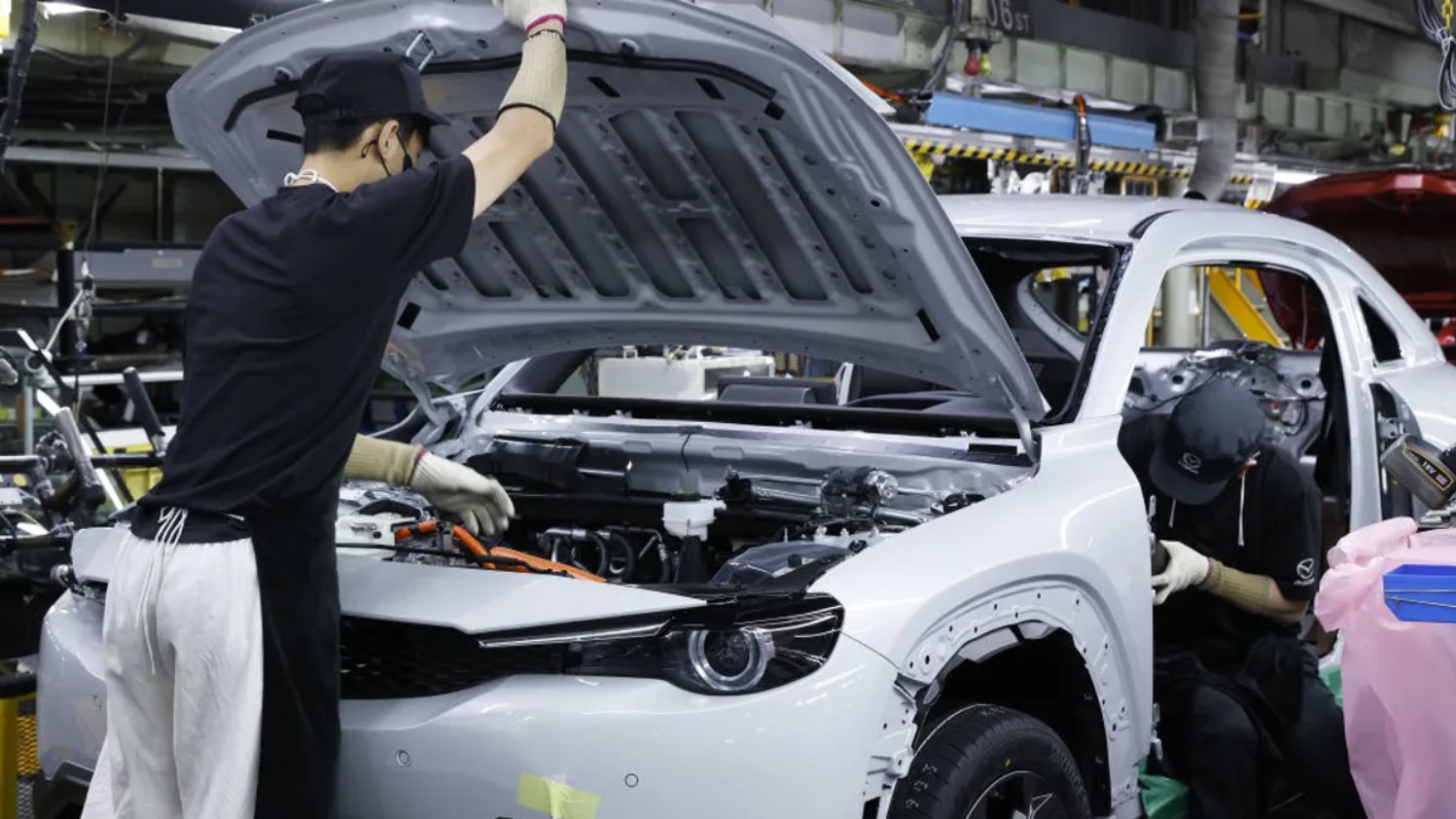
Electric vehicles made with batteries made from minerals mined or processed in Japan could qualify for tax incentives from the US. Photo: cnet.com
Under the Treasury rules, automakers will be able to source critical minerals from 20 countries with which the US has formal trade agreements, including Chile and Australia, the world's top two suppliers of lithium (lithium is an essential ingredient in electric vehicle batteries).
Canada, Mexico, Israel and South Korea are also on the list of countries that can supply minerals for vehicles eligible for the tax break.
The requirements will become even more stringent in 2024-2025, as the IRA includes bans on the use of critical minerals and battery components from a “foreign entity of concern,” which will likely include China.
This could be a significant new hurdle, given that many of the top mining companies are either partly Chinese-owned or process their minerals in China.
The “foreign entities of particular concern” provision was only released later this year, but some believe it is the same entities identified in the Science and CHIPS Act .
Nguyen Tuyet (According to Reuters, Pollitico, NY Times)
Source




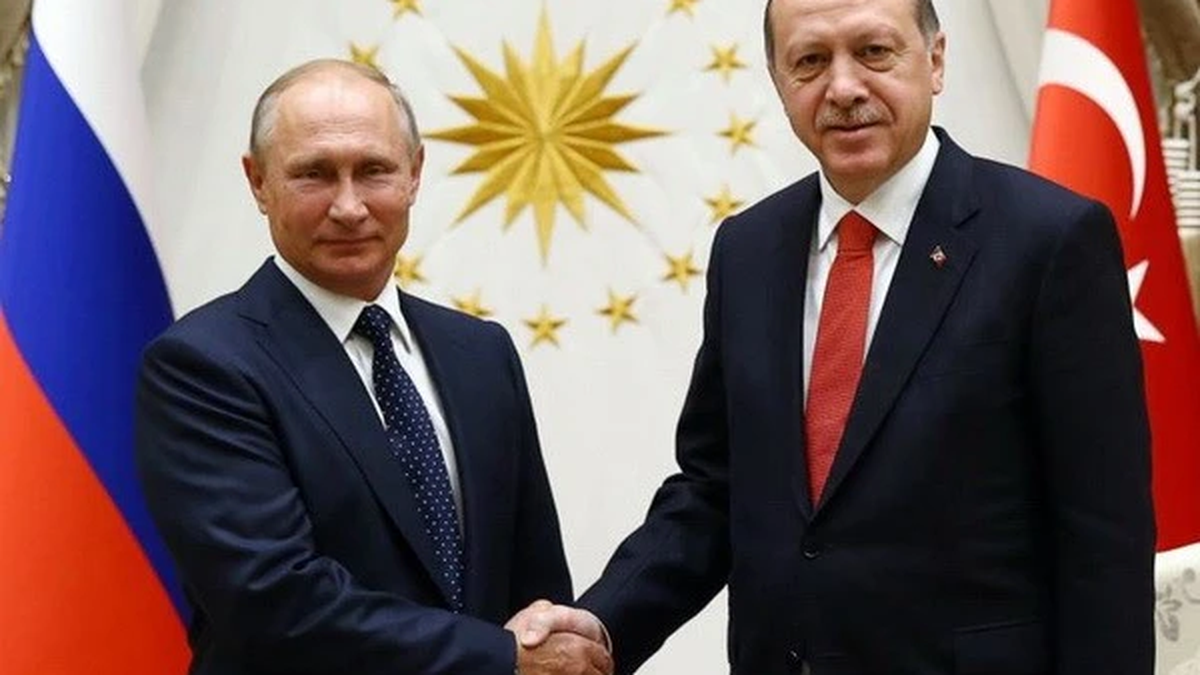


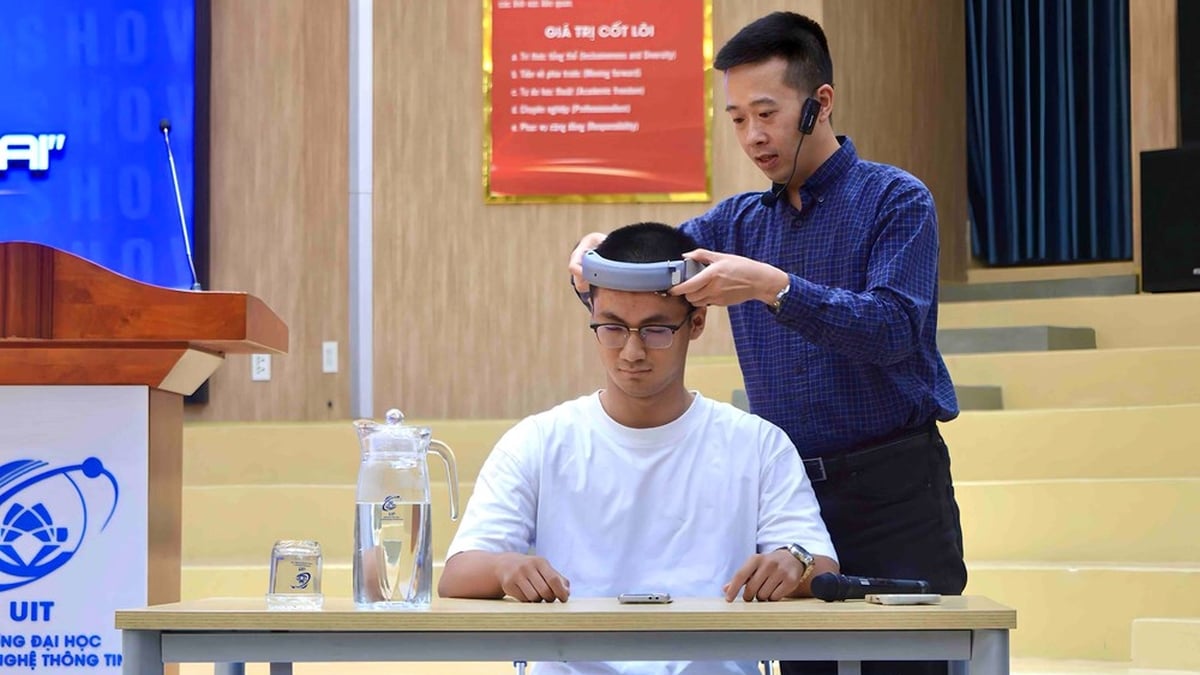




























































































Comment (0)